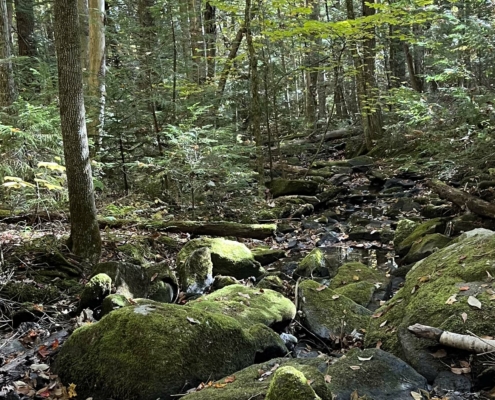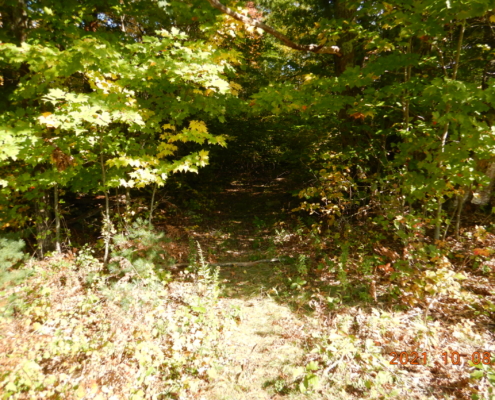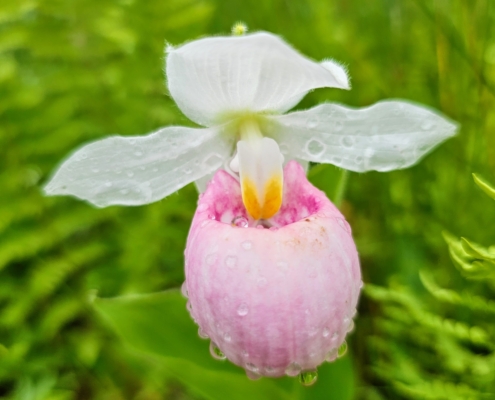 https://uvlt.org/wp-content/uploads/2024/07/Tunis-Brook-Frontage-Cropped-scaled.jpg
1168
2560
Jeanie McIntyre
http://uvlt.org/wp-content/uploads/2021/09/uvlt-logo-stacked.png
Jeanie McIntyre2024-07-08 19:23:072024-07-08 19:23:07Resilient Connections at Rocky Knoll
https://uvlt.org/wp-content/uploads/2024/07/Tunis-Brook-Frontage-Cropped-scaled.jpg
1168
2560
Jeanie McIntyre
http://uvlt.org/wp-content/uploads/2021/09/uvlt-logo-stacked.png
Jeanie McIntyre2024-07-08 19:23:072024-07-08 19:23:07Resilient Connections at Rocky KnollConservation Solutions for
We Know You Love the Upper Valley.
We Do Too.
We provide conservation leadership, tools and expertise to permanently protect the working farms, forested ridges, wildlife habitat, water resources, trails and scenic landscapes that makes the Upper Valley a special place to live. We work with local conservation commissions and volunteer groups to identify and prioritize land conservation opportunities. We provide technical assistance and conservation solutions for landowners. We steward permanent agreements that conserve key properties forever.
Land Conservation
UVLT focuses its mission in 45 Vermont and New Hampshire towns in the upper Connecticut River Valley.
Learn More
Get Outside
Ensuring public access to natural areas has always been a priority of the Upper Valley Land Trust.
Learn More
Get Connected
Follow along to learn more about your community, the natural world, land conservation, stewardship opportunities and more.
eNewsletter Sign Up
Recent Posts
Get Involved
We’re a hardworking, homegrown group that depends on people like you. Over the past 34 years, we’ve protected over 500 parcels of land and more than 52,000 acres. Thousands of people have participated in these accomplishments and in the ongoing stewardship of conserved properties. It takes all of us, working together, to choose a vibrant, resilient and sustainable future for the Upper Valley — and to make it happen.
Indigenous People have cared for this land for centuries. The lands that the Upper Valley Land Trust owns, conserves, and works on, and the land on which we all live, are the traditional, ancestral, unceded homelands of the indigenous people of the Abenaki Nation, a tribe of the Wabanaki Confederacy.
Indigenous People are not gone, they live here and are a part of the past, present, and future of our land and our communities. We honor with gratitude the land itself and the Abenaki people, past and present.
Follow Us On Instagram
Happy bean plants!! 🫘
This is our 4th season growing Indigenous crops in a section of our #brookmeadfoodpantrygarden for the Nulhegan Band of the Coosuk-Abenaki Nation to help provide healthy foods to Abenaki citizens. The Nulhegan tribe’s Abenaki Land Link Program provided Indigenous seeds of their crops for us to grow. In turn, UVLT will donate the produce and seeds back to the Nulhegan Band for the exclusive use by Abenaki citizens and future growers.
We are currently growing Coco beans, Mohawk beans, and Montpellier squash for the Nulhegan Band 🌱. All plants are looking happy and healthy, and are even getting attention from our local pollinators! 🐝 We are looking forward to harvesting these crops in just a few months.
#UVLT #LandConservation #UpperValleyVTNH #norwichvt
Mooooovve over, it`s national Cow Appreciation Day! 🐮
While dairy month (June) may be behind us, we`re always excited to show some love for our bovine buddies, and the farmland they call home!
Want to learn more? Check out our Dairy Blogpost from last month at uvlt.org/new-posts.
📸above: Jersey Farm, Hartland, VT | Mountain View Farm, Orford, NH | Sittin` Pretty Farm, Newbury, VT
#UVLT #LandConservation #CowAppreciationDay #UpperValleyVTNH
We have some exciting news to share this #FieldNotesFriday!
This week Cassie Bernyk, UVLT Stewardship Programs Coordinator, updates us on the completion of the fencing project at #BrookmeadFoodPantryGarden!
We are so excited to have the permanent fencing installed around the garden to keep out deer, and other small animals, that have caused damage to crops over the past couple of years. The new, 8-foot fence will help to protect the produce, and increase the amount of food we are able to donate to our friends at @willinghandsuppervalley throughout the growing season.
A huge thank you to everyone who helped us install this fence in the last few weeks, including @hypertherm_associates and UVLT volunteers!
We are also incredibly grateful for the grants we received to help fund this project from the @benandjerrys Community Fund, the @hyperthermhope Foundation , The Norwich Lions Club, and the @norwich_womens_club.
Talk about a collective team effort! We couldn`t have done this without your support.
Want to learn more about the OUTside?! Sign up for field notes at UVLT.org and have the latest updates delivered directly to your INbox.
#UVLT #LandConservation #FoodPantryGarden #NorwichVT #brookmeadconservationarea




